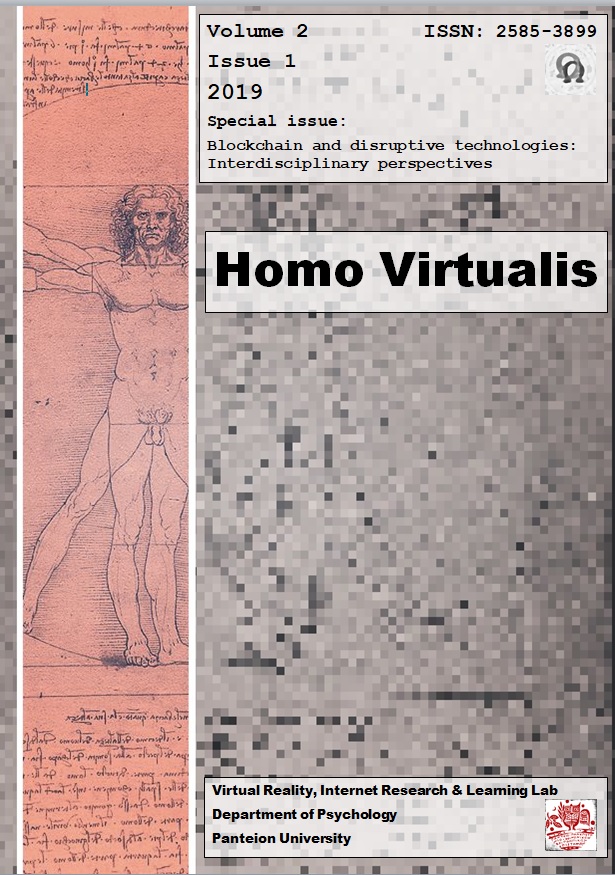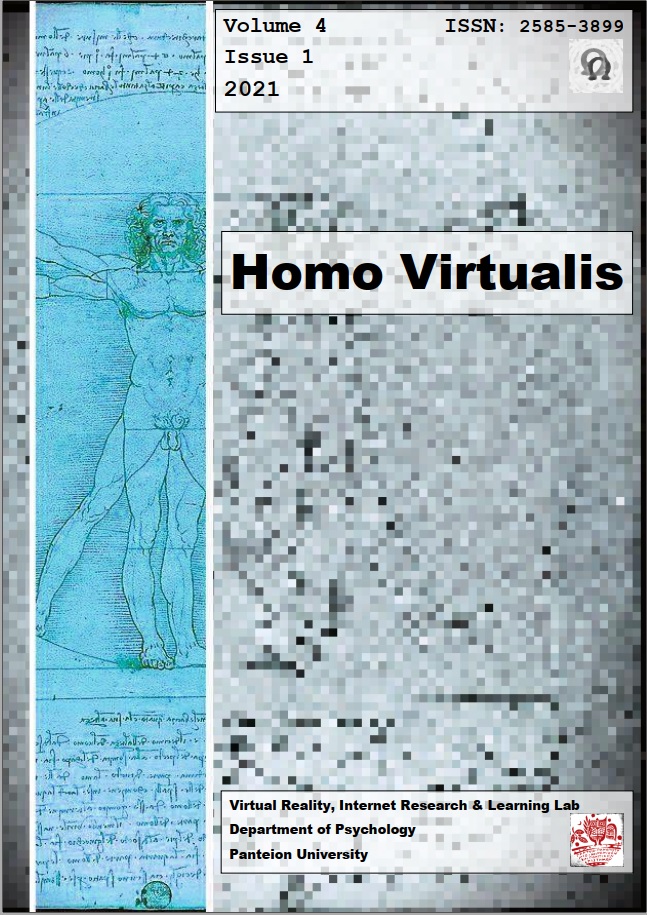Digital crime and crime within a digital environment: The child pornography case
Abstract
The constant transition to the digital world is not simple or problem-free. Along with the remarkable progress in real time borderless communication and the broad and immediate access to any information, one cannot help but notice that delinquency and crime took their chances. Regulating cyberspace, due to its limitless nature, proved difficult and quite challenging for the lawmakers worldwide. Especially, the issue of child pornography has become one of the thorns of our times. Even though the involvement of children in pornography has been taking place for many years and in various forms, the issue only became controversial and it attracted the attention of our societies and legal regimes as soon as the Internet proliferated and software related inventions contributed in the manufacturing of child pornography. This proposal presents a brief introduction to cybercrime as defined by legal entities, addresses the controversial issue of real and virtual child pornography and proposes the involvement of social sciences in regulating the matter.
Article Details
- Come citare
-
Sykas, S. (2019). Digital crime and crime within a digital environment: The child pornography case. Homo Virtualis, 2(1), 57–62. https://doi.org/10.12681/homvir.20195
- Sezione
- Articles

TQuesto lavoro è fornito con la licenza Creative Commons Attribuzione 4.0 Internazionale.
Authors who publish with this journal agree to the following terms:
· Authors retain copyright and grant the journal right of first publication with the work simultaneously licensed under a Creative Commons Attribution License that allows others to share the work with an acknowledgement of the work's authorship and initial publication in this journal.
· Authors are able to enter into separate, additional contractual arrangements for the non-exclusive distribution of the journal's published version of the work (e.g. post it to an institutional repository or publish it in a book), with an acknowledgement of its initial publication in this journal.
· Authors are permitted and encouraged to post their work online (preferably in institutional repositories or on their website) prior to and during the submission process, as it can lead to productive exchanges, as well as earlier and greater citation of published work.




